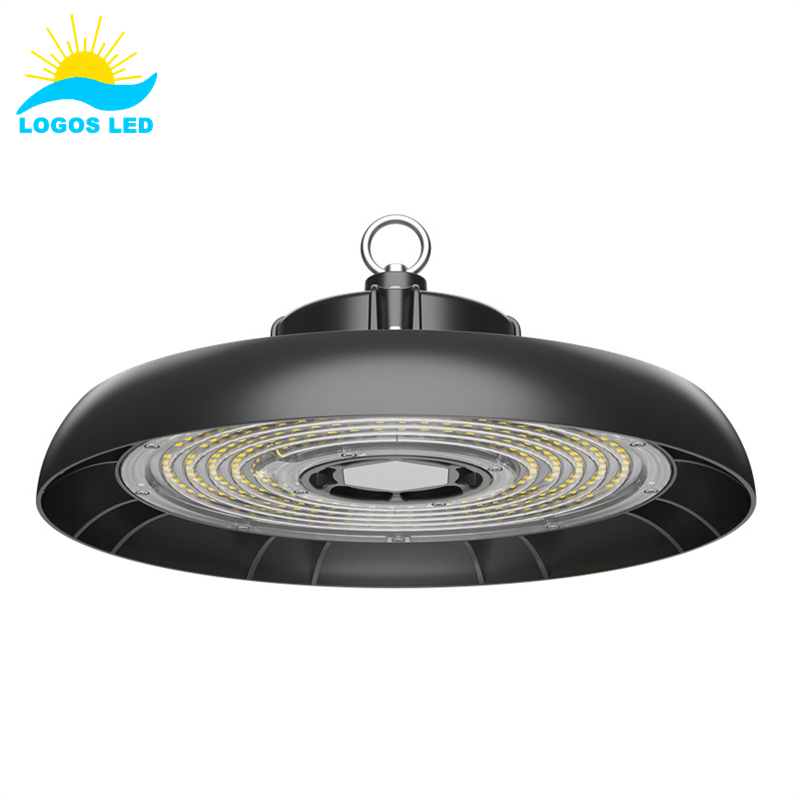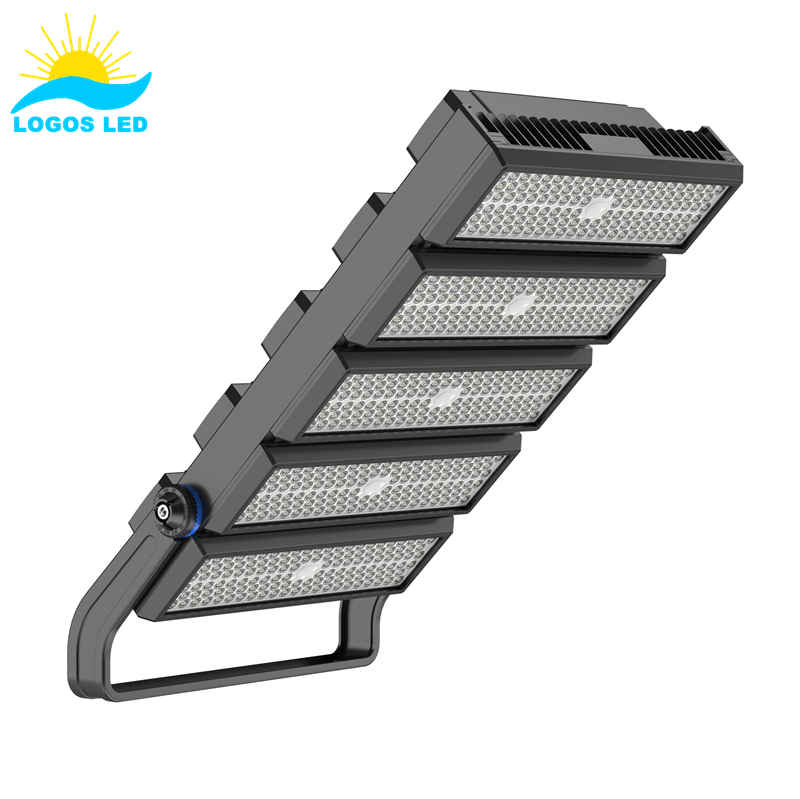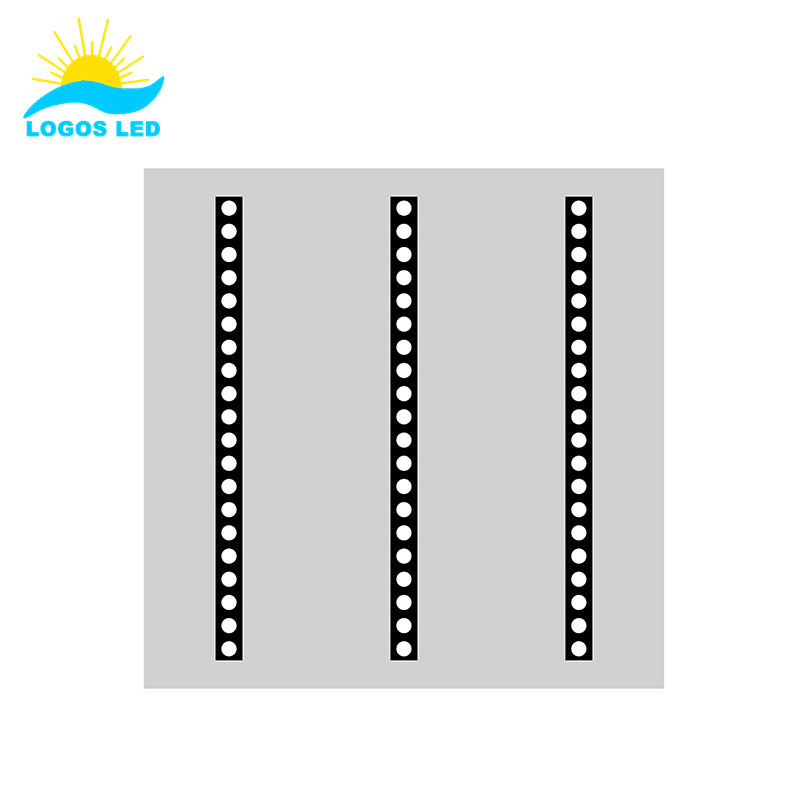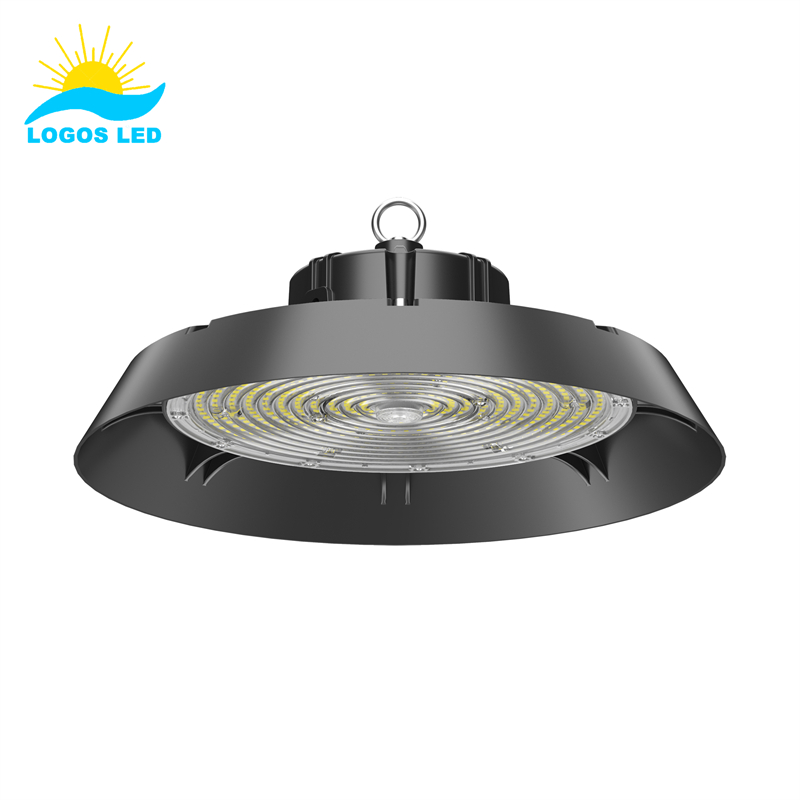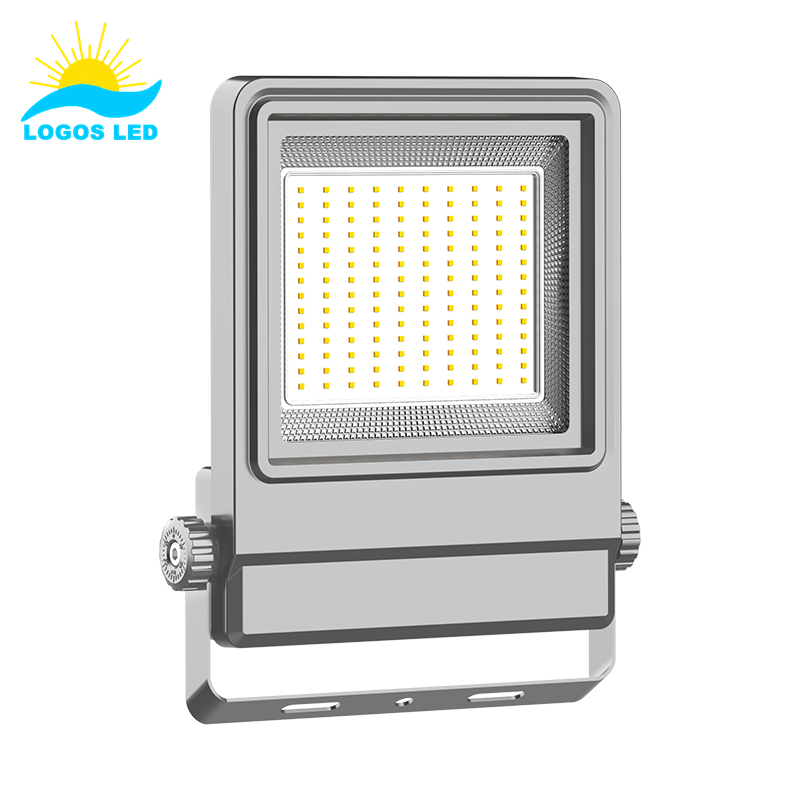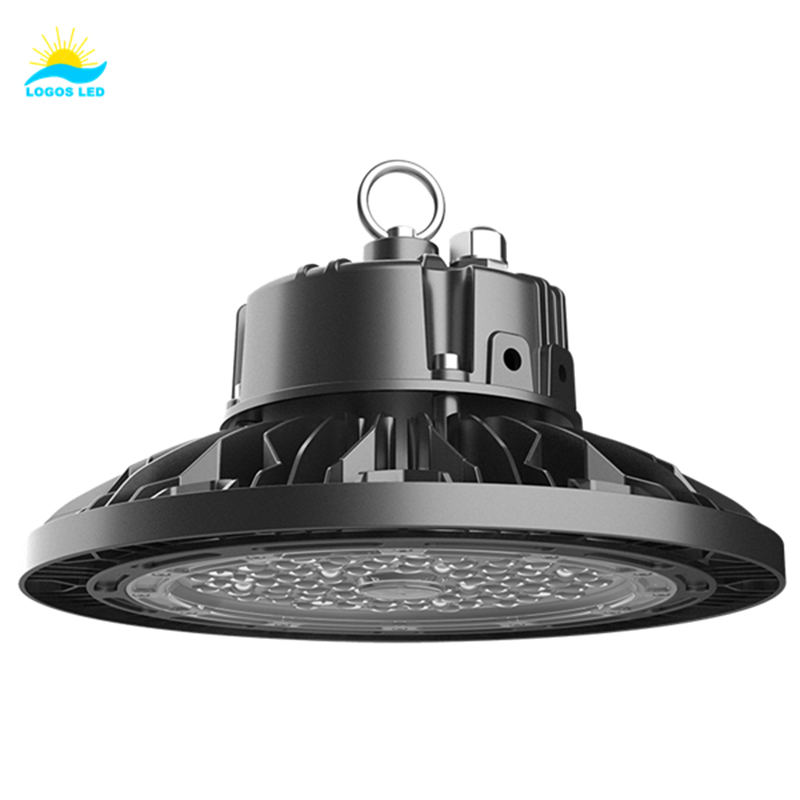We’ve all used incandescent light bulbs at some point, but do you know how they work or why they’re being replaced? These bulbs have been around for ages, but they’re slowly becoming outdated. If you’re unsure whether you should still use them in your home or business, this article will help you understand everything about incandescent light bulbs1 and why you might want to switch to something more energy-efficient.
Incandescent light bulbs, the classic light source, are gradually being phased out due to inefficiency and high energy consumption. Although they were once the go-to choice, modern alternatives like LED bulbs have become much more popular for their energy savings and longevity. This guide explores what incandescent bulbs are, how they work, and why they’re being replaced by more efficient lighting options.
Are you still using incandescent bulbs and wondering if you should switch? Keep reading to learn about how they work and why making the switch could be a game-changer for your energy bills and lighting experience.
Table of Contents
How does Incandescent Light Bulb work?
An incandescent light bulb works by passing electricity through a filament, usually made of tungsten, inside a glass bulb. When electricity flows through the filament, it heats up to the point where it begins to glow, producing light. This process is known as incandescence, where light is emitted from a hot object. Unfortunately, most of the energy in an incandescent bulb is lost as heat, making them less energy-efficient2 compared to other lighting options.
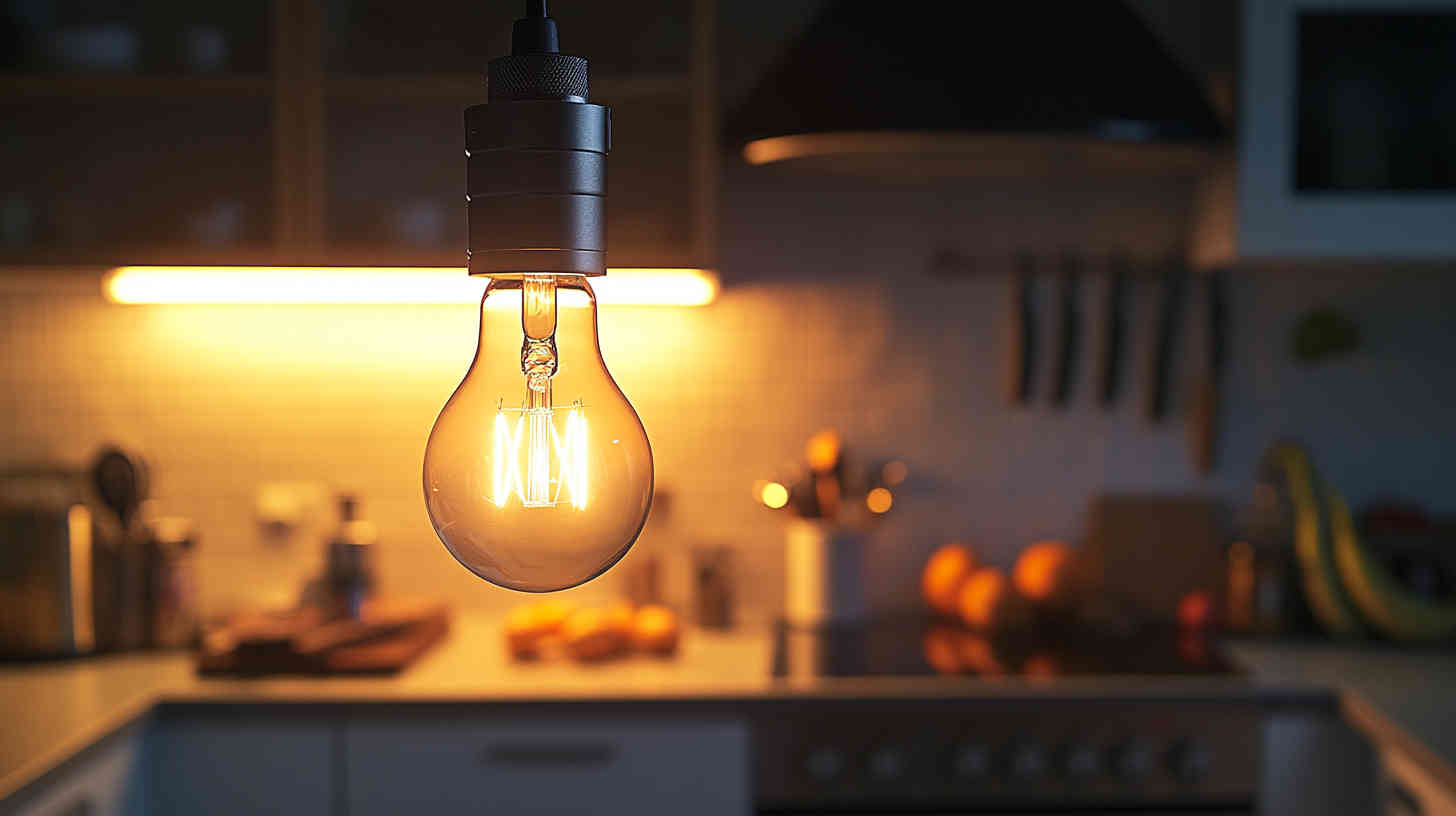
What is the difference between incandescent and regular light bulbs?
When we talk about “regular” light bulbs, we’re typically referring to LED or CFL bulbs, which are much more energy-efficient than incandescent bulbs. Incandescent bulbs produce light by heating a filament until it glows, as mentioned earlier. In contrast, LED bulbs use semiconductor materials to convert electricity into light more efficiently, without the need for heat. This is why LED bulbs3 consume less power and last much longer—sometimes up to 25,000 hours, compared to just 1,000 hours for an incandescent bulb.
What is an incandescent light bulb used for?
Incandescent light bulbs are used for general household lighting, in everything from lamps to ceiling fixtures. They were also commonly found in task lighting, such as desk lamps, and outdoor lights. However, due to their high energy consumption and the heat they generate, they’ve been largely replaced by more efficient lighting technologies in many applications. That said, some people still use them for aesthetic purposes or because they produce a warm, familiar light quality.
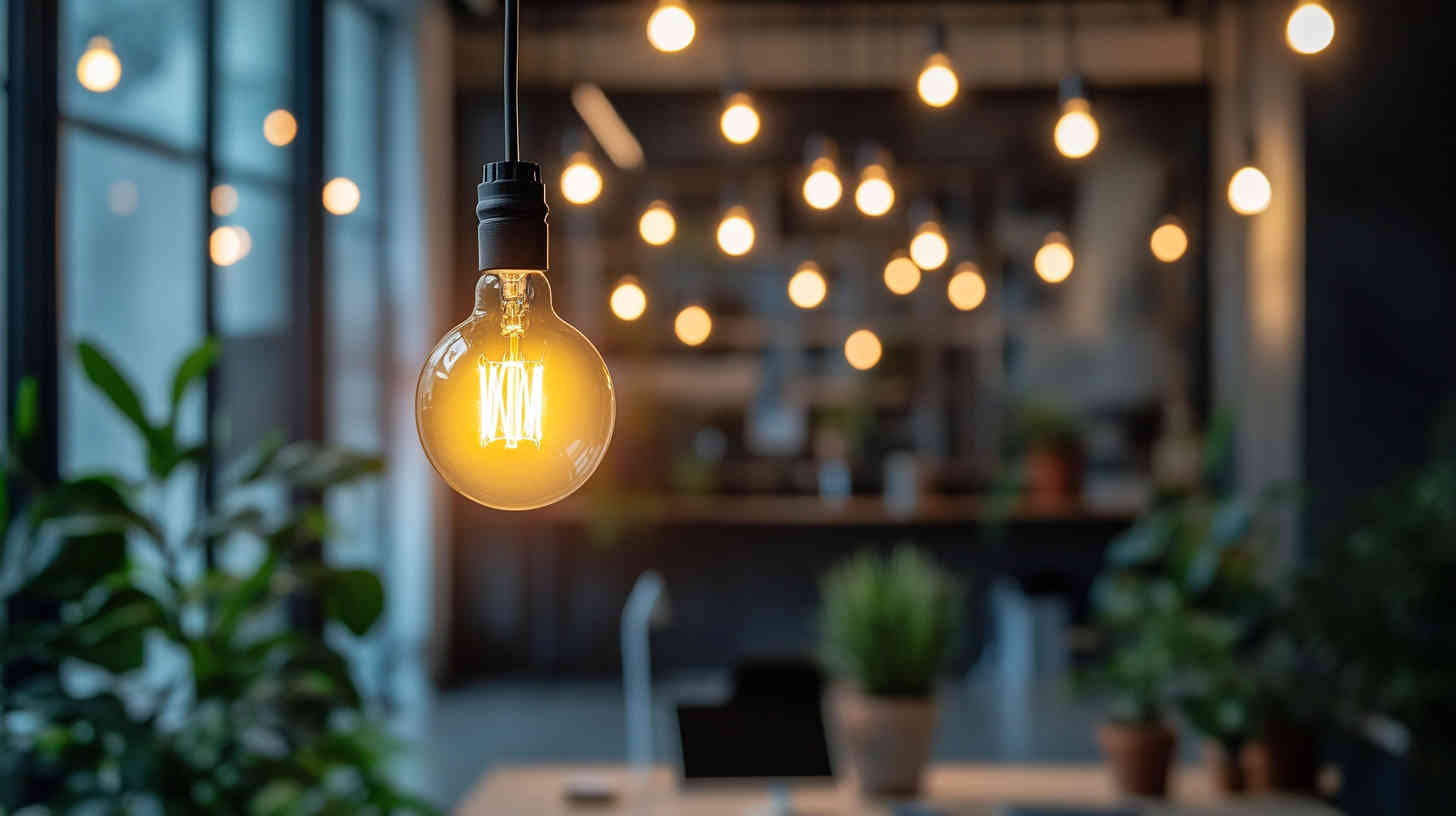
Why are incandescent light bulbs no longer used?
Incandescent light bulbs are no longer widely used due to several significant disadvantages compared to more modern alternatives like LED bulbs. Here are some key reasons:
Energy Efficiency
Incandescent bulbs are highly inefficient, converting only about 2-5% of the electrical energy they consume into visible light, with the rest being lost as heat. In contrast, LEDs convert about 80-90% of their energy into light.
Short Lifespan
Incandescent bulbs have a relatively short lifespan of approximately 1,000 hours compared to LEDs, which can last up to 50,000 hours or more. This means frequent replacements are needed for incandescent bulbs.
Safety Concerns
Incandescent bulbs emit a significant amount of heat, which can pose fire hazards and make them dangerous to handle when they are hot. LEDs, on the other hand, operate at much lower temperatures and are safer.
Environmental Impact
The inefficiency of incandescent bulbs leads to higher energy consumption, which contributes to greenhouse gas emissions. Switching to LEDs can significantly reduce energy usage and environmental impact.
Cost Over Time
Although incandescent bulbs are cheaper upfront, their high energy consumption and frequent replacement needs make them more expensive in the long run compared to LEDs.
Limited Color Options
Incandescent bulbs offer limited color options compared to LEDs, which are available in a wide range of colors and can be dimmed easily.
Overall, the combination of inefficiency, safety risks, environmental concerns, and long-term costs has led to a decline in the use of incandescent bulbs in favor of more efficient and sustainable lighting options like LEDs.
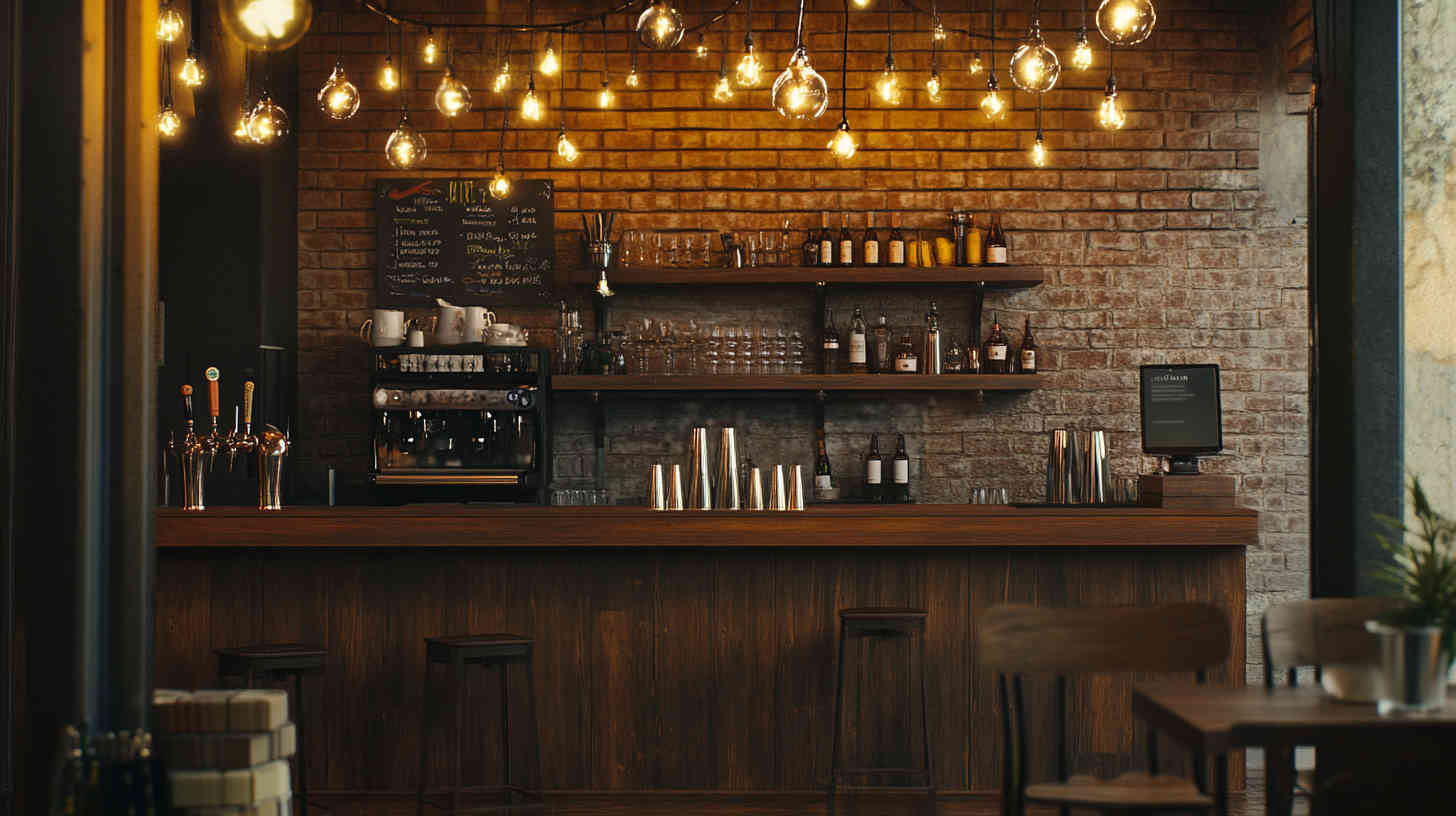
What bulb is closest to incandescent?
If you’re looking for something that mimics the warm, cozy glow of an incandescent bulb, LEDs with a “soft white” or “warm white” color temperature are your best bet. These LEDs are designed to replicate the light quality of incandescent bulbs, offering similar color tones and brightness levels, but with a fraction of the energy consumption. They are the closest modern alternative for those who miss the warmth of incandescent light but want to save on energy costs.
Can you just replace incandescent bulbs with LED?
Yes, you can replace incandescent bulbs with LED bulbs, but there are a few things to keep in mind. LED bulbs come in different shapes and sizes, so it’s important to choose the right one that fits your fixture. LEDs also have a different heat distribution, so some old fixtures may require modification or new wiring to handle the new bulb’s features. However, in most cases, swapping out incandescent bulbs for LED ones is a straightforward and effective way to reduce energy use.
What is the best alternative to incandescent bulbs?
The best alternatives to incandescent bulbs are LED and CFL bulbs. Of these, LED bulbs are the most energy-efficient and versatile option. They come in a variety of shapes, sizes, and color temperatures, making them perfect for almost any application. CFL bulbs, while still more efficient than incandescent, are being replaced by LEDs in many areas due to the latter’s longer lifespan and lower energy consumption.
Are there any LED lights that look like incandescent?
Yes, there are LED lights designed to resemble incandescent bulbs. These “vintage-style” or “Edison” LEDs mimic the shape and warm glow of traditional incandescent bulbs. These LEDs often have a filament-like design, which gives them a similar appearance to classic incandescent bulbs, but with the added benefit of energy savings and a longer lifespan.
Can you put a LED bulb into an incandescent fixture?
In most cases, you can replace an incandescent bulb with an LED bulb in the same fixture. However, there are exceptions, particularly if the fixture was designed for a specific wattage or heat output. For example, certain dimmable fixtures may require specific types of LED bulbs designed to work with dimming technology. Before switching to LED, it’s essential to check the compatibility of the bulb with your fixture to ensure the best performance.
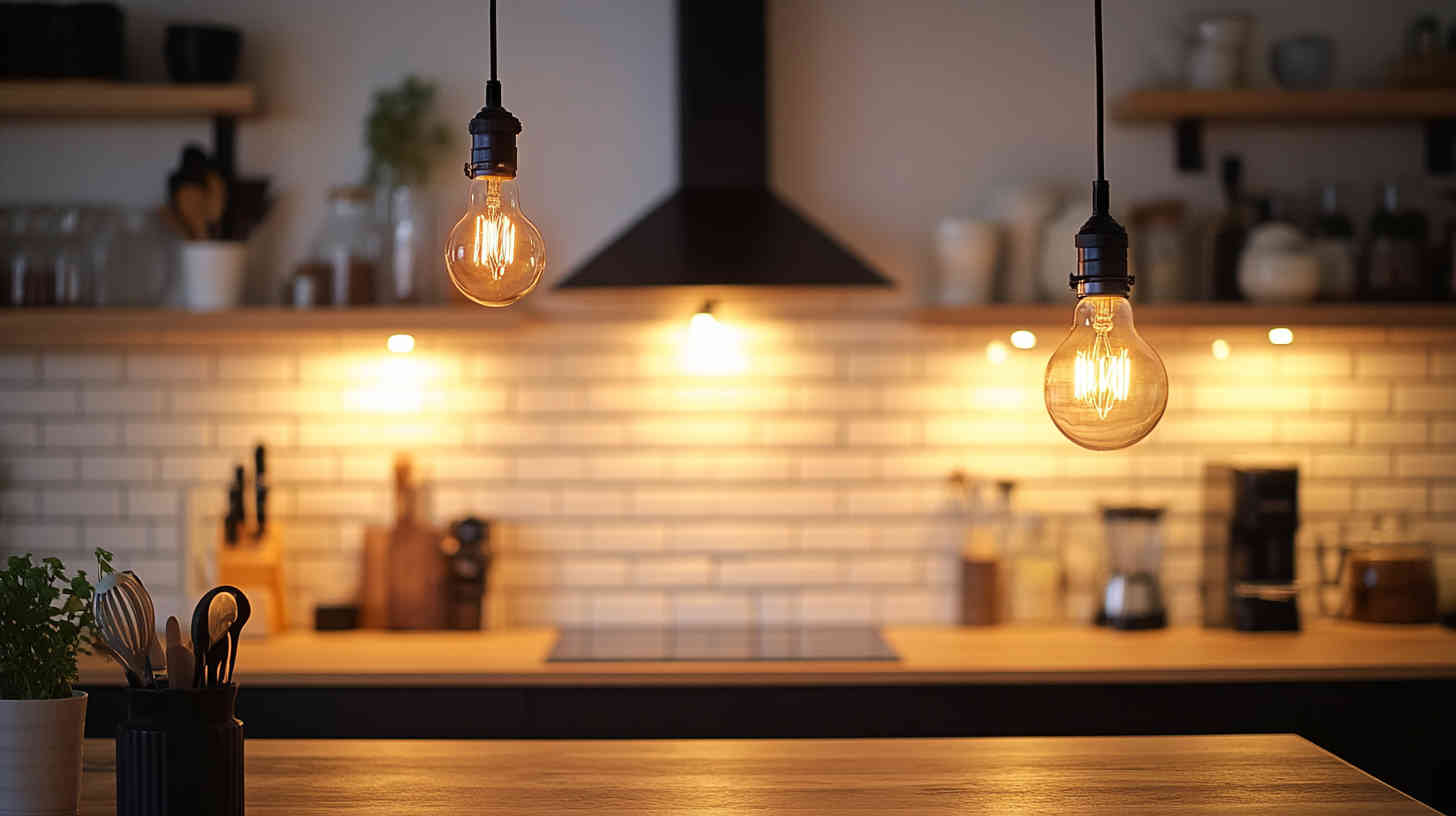
Conclusion
In summary, incandescent bulbs, once a staple in homes and businesses, are being replaced by more energy-efficient options like LED and CFL bulbs. These modern alternatives not only help reduce energy costs but also provide a longer-lasting solution with better light quality. If you’re still using incandescent bulbs, consider switching to LED for a more cost-effective and environmentally friendly lighting option.
If you have any questions or need help with your lighting needs, don’t hesitate to contact us!
Request A Free Quote Now!
Send us a message if you have any questions or request a quote. We will get back to you ASAP!
- Understand the reasons behind the decline of incandescent light bulbs and the shift towards modern alternatives. ↩
- Explore the advantages of energy-efficient lighting options to save on bills and reduce environmental impact. ↩
- Learn how LED bulbs outperform incandescent bulbs in efficiency, lifespan, and cost savings. ↩



